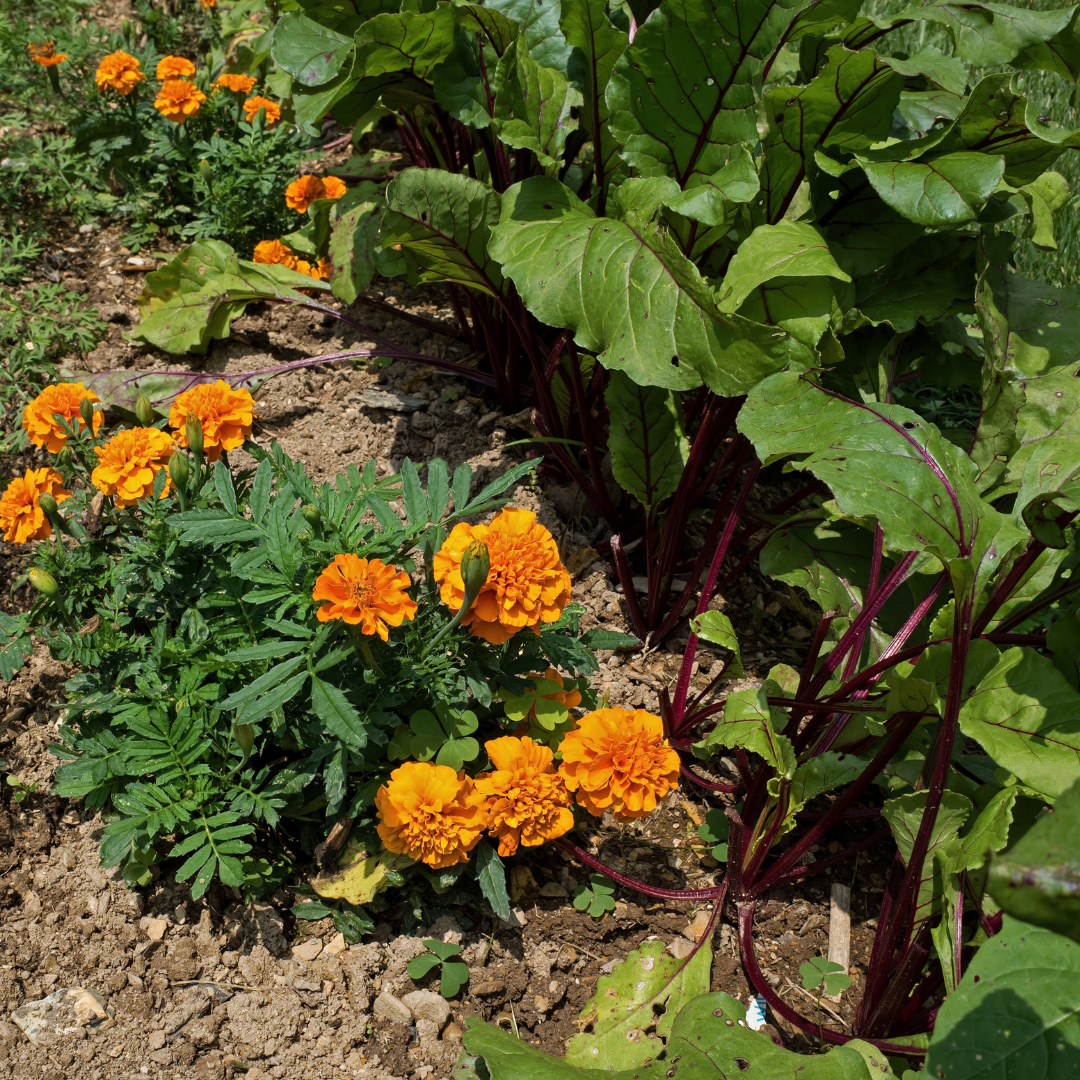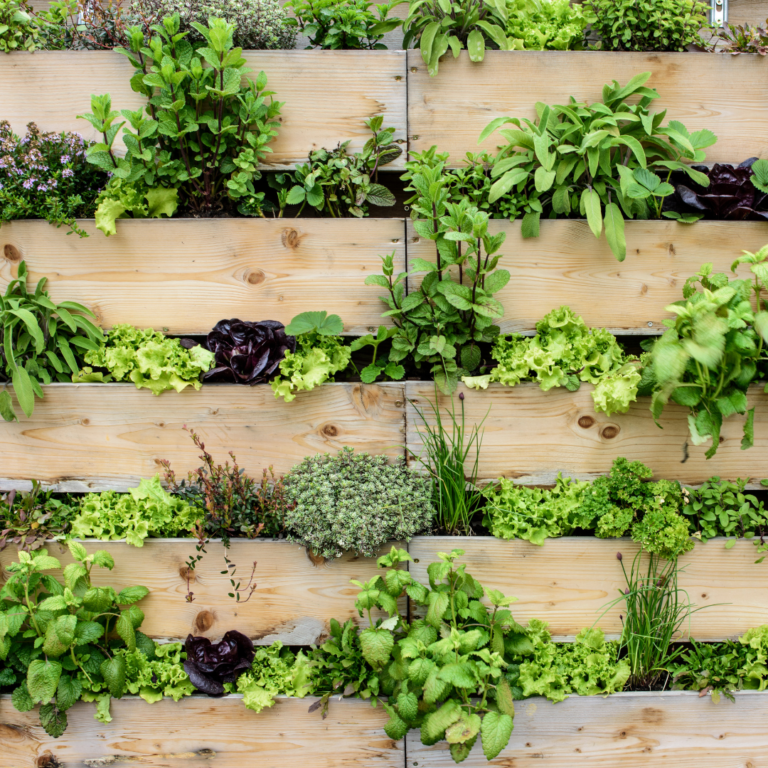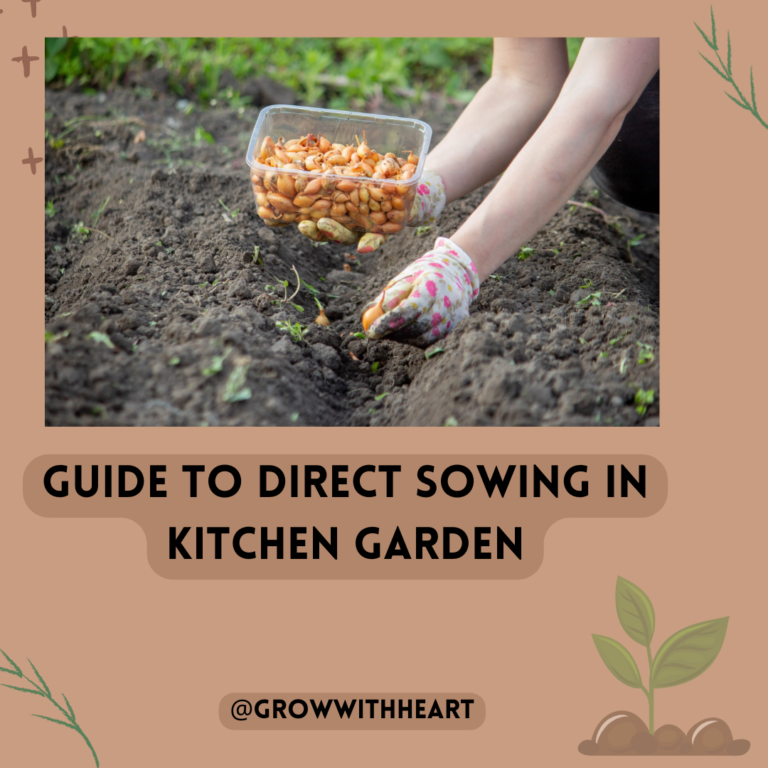Vertical Gardening with Companion Planting: A Beginner’s Guide
Vertical gardening is a space-saving technique that allows you to grow various plants in a small area. By utilizing vertical space, you can maximize your garden’s productivity and create a visually appealing display. One way to enhance the benefits of vertical gardening is by incorporating companion planting.
This article will explore how to use companion gardening in vertical gardening to create a thriving and productive garden.

Understanding Companion Planting
Companion planting is based on the principle that certain plants can help or hinder the growth of others.
Some of the key benefits of companion planting include:
- Pest control: Some plants can repel or attract beneficial insects that prey on common garden pests.
- Improved soil health: Certain plants can fix nitrogen in the soil or loosen compacted soil, improving the growing conditions for other plants.
- Enhanced flavor and growth: Some plants can improve the flavor or growth of other plants when grown together.
Choosing Companion Plants for Vertical Gardening

When selecting companion plants for your vertical garden, consider the following factors:
- Plant size and growth habit: Choose plants with different growth habits and sizes to maximize space and avoid overcrowding.
- Light requirements: Ensure that plants with similar light requirements are grouped together.
- Nutrient needs: Match plants with similar nutrient requirements to avoid competition or deficiencies.
- Maturity times: Select plants with different maturity times to extend your harvest season.
Some popular companion plant combinations for vertical gardening include:
- Tomatoes and basil: Basil can repel aphids and spider mites that often attack tomato plants.
- Marigolds and vegetables: Marigolds can deter nematodes and other pests that can harm vegetable plants.
- Radishes and lettuce: Radishes can loosen soil and act as a trap crop for pests, while lettuce benefits from the shade provided by radish leaves.

Designing Your Vertical Garden with Companion Plants
When designing your vertical garden, consider the following tips:
- Choose the right vertical structure: Select a sturdy and appropriate vertical structure for your garden, such as a trellis, wall, or tower.
- Plan your layout: Sketch out your garden layout, considering the size and growth habits of your chosen plants. Group plants with similar needs together and arrange them in a way that maximizes space and airflow.
- Utilize different levels: Take advantage of different levels in your vertical garden to grow a variety of plants. For example, you can grow trailing plants like strawberries or vining crops like cucumbers on the top level, while growing leafy greens or herbs on the lower levels.
- Incorporate companion plants: Strategically place companion plants throughout your vertical garden to create a harmonious and productive ecosystem. For example, you can grow marigolds at the base of your vertical structure to deter pests and improve soil health.
- Maintain your garden: Regularly monitor your vertical garden for pests, diseases, and nutrient deficiencies. Prune and train your plants as needed to maintain their growth and productivity.
Vertical Gardening with Companion Plants: Benefits and Challenges
Using companion plants in your vertical garden can offer several benefits, including:
- Increased yields: By creating a symbiotic relationship between plants, you can increase the overall productivity of your garden.
- Reduced pest and disease pressure: Companion plants can help deter pests and diseases, reducing the need for chemical interventions.
- Improved soil health: Some companion plants can fix nitrogen or improve soil structure, leading to healthier plants.
- Enhanced biodiversity: Companion planting can attract beneficial insects and create a more diverse ecosystem in your garden.
However, there are also some challenges to consider when using companion plants in vertical gardening:
- Limited space: Vertical gardens have limited space, so it’s important to choose plants carefully to avoid overcrowding.
- Compatibility: Not all plants are compatible with each other, so it’s essential to research which plants work well together.
- Maintenance: Vertical gardens require more maintenance than traditional gardens, as plants need to be regularly pruned and trained to maintain their growth and productivity.
Conclusion
Incorporating companion planting into your vertical garden can be a rewarding and effective way to maximize your garden’s productivity and create a thriving ecosystem.
By carefully selecting and arranging your plants, you can enjoy the benefits of increased yields, reduced pest and disease pressure, and improved soil health.
Remember to consider the size, growth habits, and nutrient requirements of your chosen plants when designing your vertical garden, and regularly maintain your garden to ensure its success.








